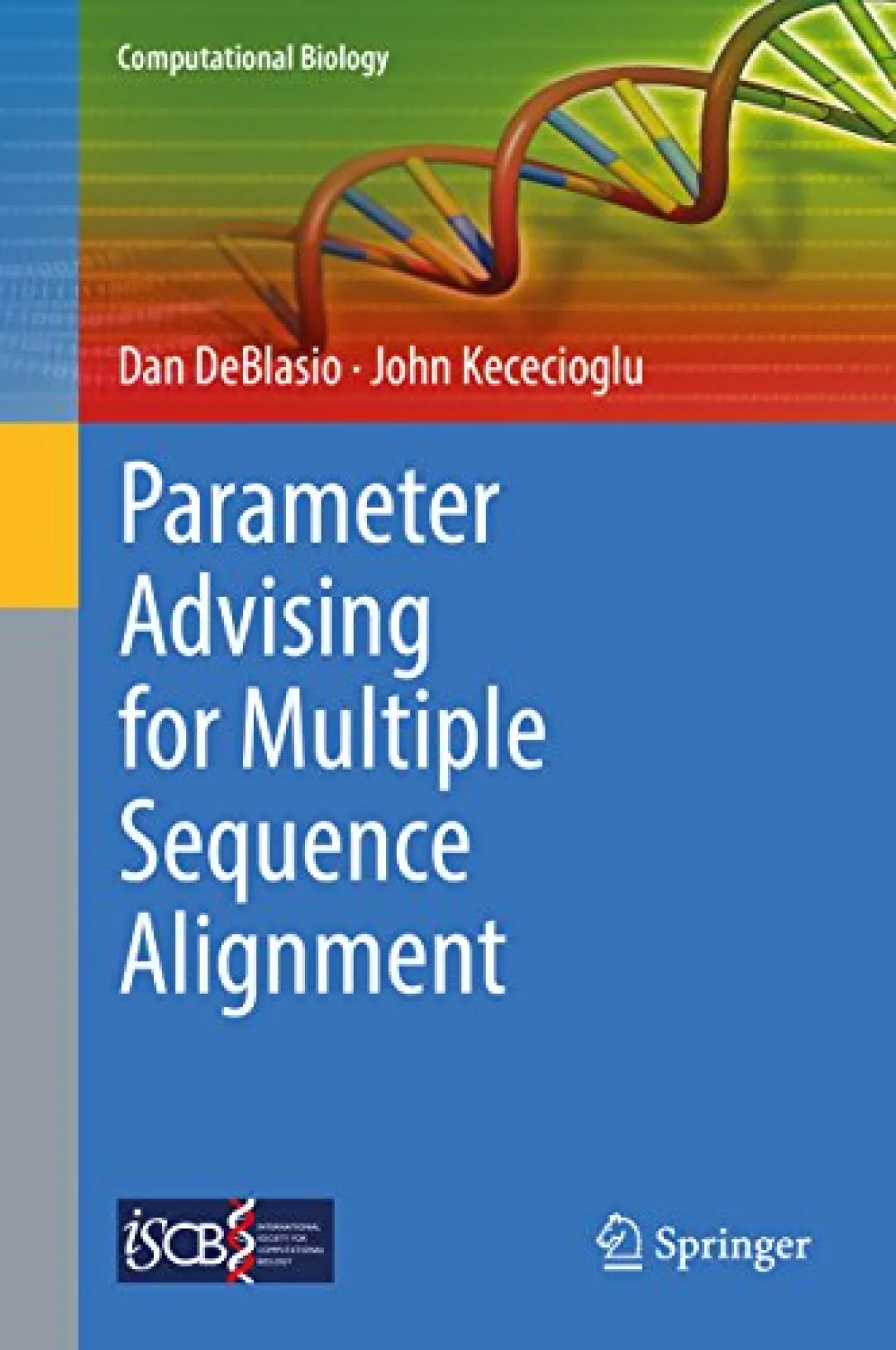Professor Kececioglu Publishes Book
Co-authored with Dan DeBlasio, PhD '16

Professor John Kececioglu and Dan DeBlasio, his former PhD student currently a Lane Fellow and member of the Kingsford Group in Computational Biology at Carnegie Mellon University, have published a new book. The work stems from research the two did together while Dan was completing his dissertation with John. The book is published by Springer. This book develops a new approach called parameter advising for finding a parameter setting for a sequence aligner that yields a quality alignment of a given set of input sequences.
From the publisher:
The authors present in this book a new general approach called parameter advising for finding a parameter setting that produces a high-quality alignment for a given set of input sequences. In this framework, a parameter advisor is a procedure that automatically chooses a parameter setting for the input, and has two main ingredients: (1) the set of parameter choices considered by the advisor, and (2) an estimator of alignment accuracy used to rank alignments produced by the aligner are covered in this book. On coupling a parameter advisor with an aligner, once the advisor is trained in a learning phase, the user simply inputs sequences to align, and receives an output alignment from the aligner, where the advisor has automatically selected the parameter setting.
This book also examines formulations of parameter advising and their computational complexity, develops methods for learning good accuracy estimators, presents approximation algorithms for finding good sets of parameter choices, and assesses software implementations of advising that perform well on real biological data. It explores applications of parameter advising to adaptive local realignment, where advising is performed on local regions of the sequences to automatically adapt to varying mutation rates; and ensemble alignment, where advising is applied to an ensemble of aligners to effectively yield a new aligner of higher quality than the individual aligners in the ensemble. Finally, future directions in advising research are offered.

